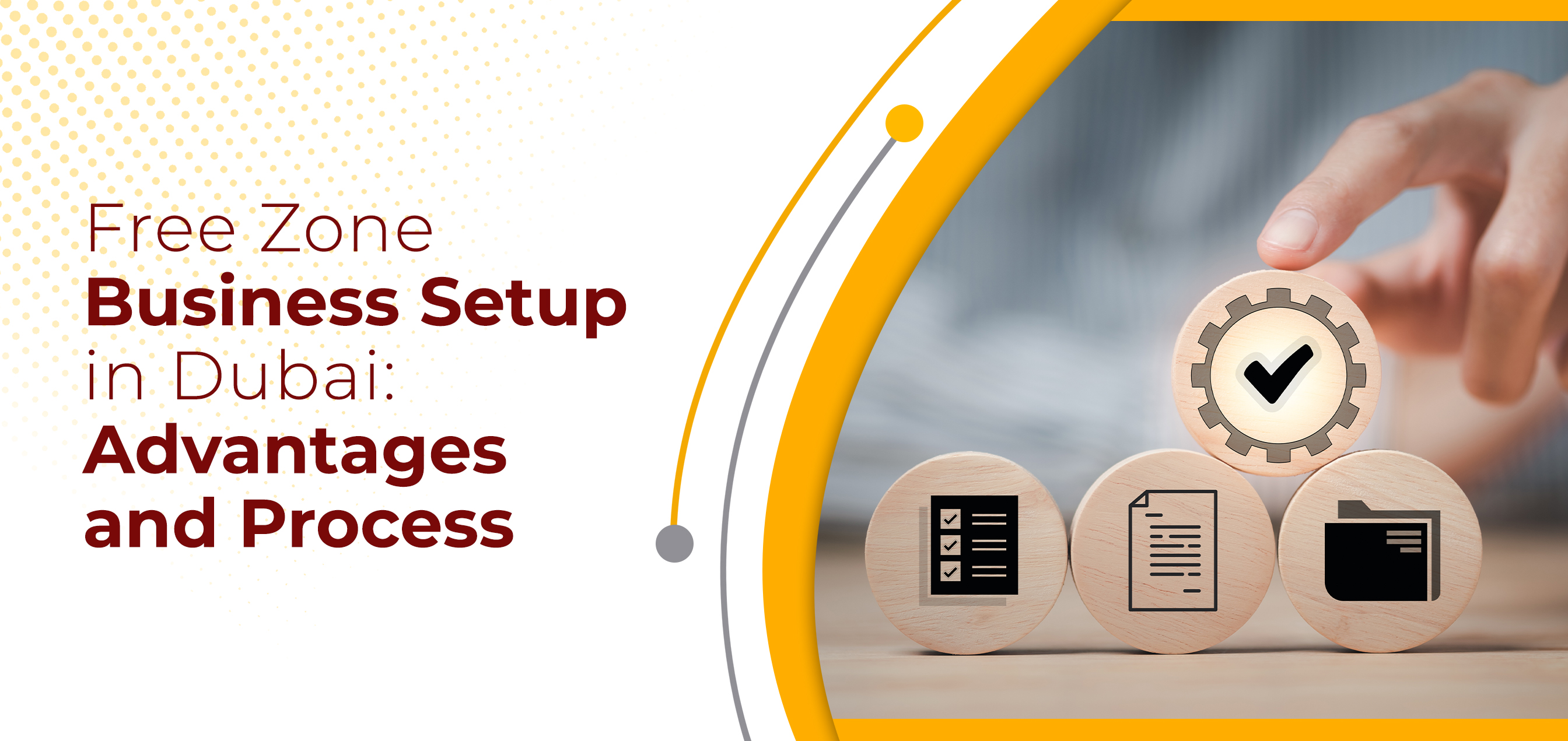Internal Audit Strategies for AML Compliance in DNFBPs
Designated Non-Financial Businesses and Professions (DNFBPs) play a crucial role in the global fight against money laundering and financial crimes. Given their exposure to financial transactions and regulatory scrutiny, DNFBPs must establish robust independent audit function to enhance the effectiveness of their Anti-Money Laundering (AML) compliance.
Anti-Money Laundering Compliance for DNFBPs in the UAE
AML obligations for Designated Non-Financial Businesses and Professions (DNFBPs) include identifying, assessing, and understanding risks, as well as implementing necessary due diligence measures. Institutions must appoint an independent and qualified compliance officer and establish internal controls, policies, and information systems to mitigate risks. They are also required to implement indicators for identifying suspicious transactions, report suspicious activities, and cooperate with Competent Authorities. Additionally, institutions must comply with directives related to UN Security Council decisions, ensuring adherence to international financial crime prevention measures.
Understanding the Importance of Internal Audits in AML Compliance
Internal audits serve as a critical tool in assessing the effectiveness of AML controls, identifying weaknesses, and ensuring regulatory compliance with Anti-Money laundering regulations in the UAE. A robust internal audit checklist helps DNFBPs detect potential money laundering risks early.
• Ensure compliance with local and international AML regulations.
• Strengthen internal audit UAE controls and operational efficiency.
• Avoid regulatory fines and reputational damage.
AML Internal Audit Checklist
Internal audits should assess AML compliance areas to ensure they align with regulatory requirements. This includes:
• Reviewing AML/CFT policies, risk assessments, and governance.
• Assessing Compliance Officer responsibilities and oversight.
• Evaluating Customer Due Diligence (CDD) and Enhanced Due Diligence (EDD) procedure.
• Monitoring cash transactions and suspicious transaction reporting.
• Ensuring staff training and AML awareness programs.
• Conducting an independent audit of the AML framework
Key Compliance Areas:
1. AML/CFT/CPF Policy & Procedure Review
A thorough review of AML/CFT/CPF policies and procedures is essential to verify their alignment with regulatory requirements and industry best practices. The audit should assess:
• The adequacy and implementation of AML/CFT/CPF policies.
• Whether procedures effectively mitigate ML/TF/PF risks.
• Whether they are periodically reviewed and updated.
2. Governance & Oversight
Independent audit will review governance structures to ensure effective AML compliance by assessing:
• Clearly defined roles and responsibilities for AML oversight.
• Development and enforcement of internal controls, reporting, and escalation procedures.
• Active involvement of senior management and the board in AML compliance oversight.
3. Risk-Based Audit Approach
Adopt a risk-based approach (RBA) by identifying and assessing money laundering (ML), terrorist financing (TF) and Proliferation Financing (PF) risks specific to your business. This involves:
• Evaluate risks across the organization, considering factors such as customer profiles, geographical exposure, and the nature of products and services offered.
• Analyze customer risk, geographic risk, product/service risk, and delivery channel risk to prioritize audit focus areas.
4. Suspicious Transaction Reporting
DNFBPs are legally obligated to promptly report suspicious transactions to the Financial Intelligence Unit (FIU) through GoAML platform. To fulfill these obligations, DNFBPs should:
• Implement clear internal policies and procedures for identifying and reporting suspicious transactions.
• Develop and update indicators for detecting suspicious activities.
• Ensure the timely submission of Suspicious Transaction/Activity Reports (STRs/SARs) and cooperate with regulatory authorities.
5. Customer Due Diligence (CDD) Review
AML Independent audit should verify that DNFBPs maintain a strong Customer Due Diligence (CDD) program. This involves ensuring that customers' identities are properly identified and verified, applying CDD based on customer risk profiles, and defining criteria for accepting and continuing business relationships. Additionally, DNFBPs must regularly review and scrutinise customer transactions and behaviours through ongoing monitoring and investigation. Comprehensive documentation of all CDD measures is essential to ensure compliance and provide an audit trail for regulatory scrutiny.
DNFBPs must apply a Risk-Based Approach (RBA) to CDD. This includes:
• Enhanced Due Diligence (EDD) for high-risk customers, requiring deeper scrutiny and additional verification steps.
• Simplified Due Diligence (SDD) for low-risk customers, where less extensive measures may be applied in the absence of ML/TF suspicions.
• Standard Due Diligence (SDD) for moderate-risk customers, involving identity verification and transaction monitoring without extensive scrutiny.
6. Ongoing Monitoring
DNFBPs must continuously monitor customer activity in established business relationships, ensuring transactions align with customer profiles and risk levels. A risk-based approach should guide policies, procedures, and controls for monitoring, adjusting the level of scrutiny based on customer risk profile.
7. Employee Training & Awareness Evaluation
Assess the adequacy of AML training programs by regularly conducting training sessions that covers the latest AML regulations, typologies, and internal policies. Evaluate employee’s ability to identify and report suspicious activities.
8. AML Independent Audit and Continuous Improvement
Engage independent auditors to provide objective evaluations of the AML framework:
• Ensure auditors are free from conflicts of interest and possess the necessary qualifications and expertise in AML/CFT/CPF compliance.
• Establish processes to address audit findings and implement recommendations, fostering a culture of continuous improvement.
Strengthen Your AML Compliance with AMCA

Ensuring AML compliance UAE is a continuous and evolving challenge for DNFBPs. A proactive approach to AML internal audit not only helps mitigate risks but also ensures regulatory compliance. At AMCA, we specialize in providing comprehensive Anti-Money laundering compliance services such as AML-CFT -CPF Independent Audit, AML Policy Procedure development, risk assessments, compliance assessment report preparation, and regulatory advisory services tailored to DNFBPs.
Let our experts help you navigate the complexities of AML compliance UAE and safeguard your business against financial crime risks.
Contact AMCA today to strengthen your AML framework and stay ahead of regulatory requirements: +971 4 321 1204




.jpg)